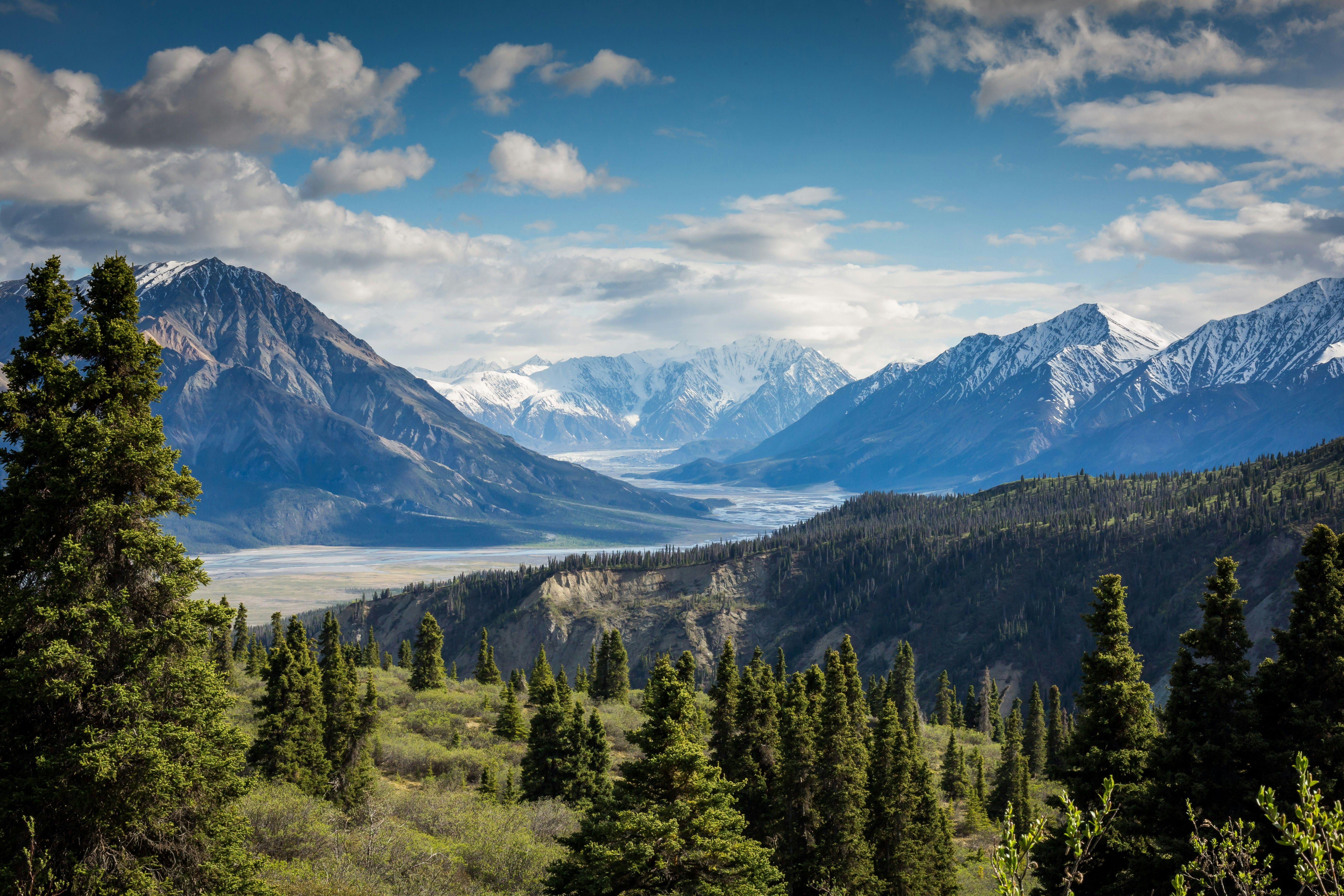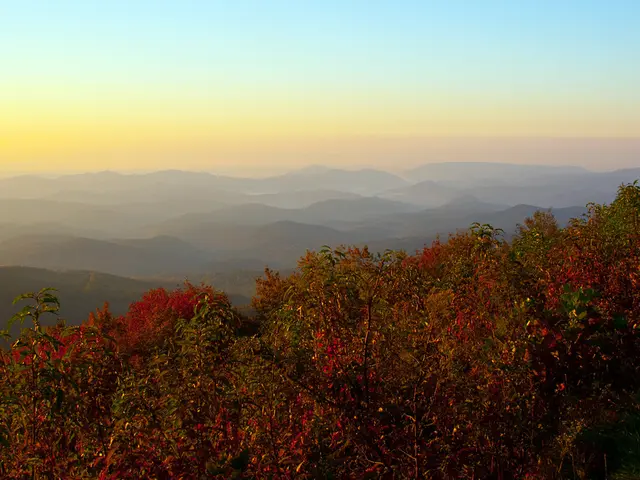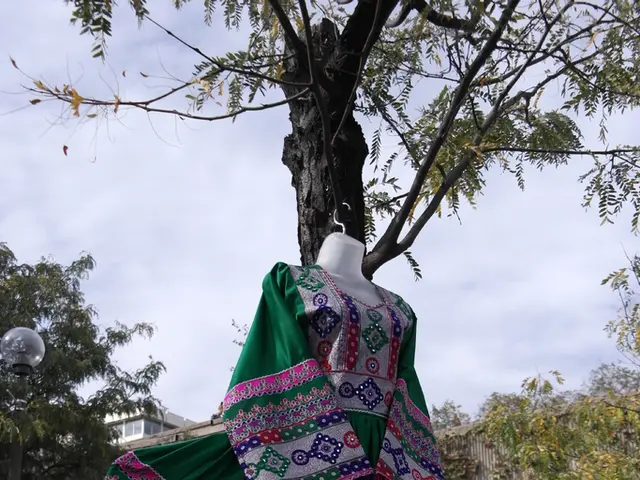The Emergence of Health Tourism in Altai Region
Treating oneself with water from a stream near Biysk, the healing Stan-Bekhtermirovsky spring, can be traced back to as early as 1730. This natural mineral water source has attracted attention for its therapeutic properties for centuries, making it a well-known health and wellness destination in the Altai region.
The Indigenous and Russian Influence
Indigenous Altaians have revered their springs, rivers, and lakes for centuries, considering them not just sources of water but also sacred repositories of life force. Healing springs, or "arzhany," held special significance in Altai folk medicine. Russian settlers, upon settling the region, also encountered these healing mineral springs and experienced their miraculous properties.
Treated with Mineral Waters and Wild Honey
Historian and local scholar Sergei Isupov describes the ritualistic visits to such springs in his book "Biysk Fortress is the Main...". Furthermore, an excerpt from a postal message written in March 1893 by P. Mitrofanov from Tobolsk highlights the earliest documentary evidence of health tourism in Altai.
Mass Tourism in the 20th Century
By the end of the first decade of the 20th century, tourism in the Altai Mountain Region had become mass as resort and health trips grew more popular. The first tourists were called "dachniks" and "airers". Representatives of the wealthy class escaped city heat and dust, immersed themselves in the highland's specific climate, "inhaled" the taiga's healing conifers, and improved their health with small doses of radon.
The Russian Tourist Society (RTS) Era
In 1901, the RTS, an organization that arranged trips for the elite and middle class residents of the imperial capitals, was established in St. Petersburg. The RTS organized tours to the Altai region between 1911 and 1913, and Biysk itself saw the emergence of dozens of enthusiasts and promoters of various tourism directions.
Modern Status
Today, the Stan-Bekhtermirovsky spring continues to be a cherished natural health resource, integrated into the wellness and sanatorium culture of the Altai region. Its water, rich in minerals such as calcium, magnesium, bicarbonates, and sulfates, has been traditionally linked to benefits for the digestive system, metabolic regulation, musculoskeletal issues, and skin health.
The Stan-Bekhtermirovsky spring remains a sought-after natural remedy for those searching for a break from conventional medical treatments and the lure of traditional Altaian folk medicine.
- The Altaians, with their deep-rooted beliefs, have long regarded their springs, rivers, and lakes as more than just sources of water – they consider them as sacred repositories of life force, a belief that extends to the healing springs, or "arzhany," in Altai folk medicine.
- In the realm of environmental science, the Altai Mountain Region offers a unique ecosystem with coniferous forests that possess healing properties, particularly benefiting the health and wellness of city dwellers seeking respite from urban environments.
- As mental health became a growing area of concern, wellness travel gained prominence in the 21st century, with travelers seeking therapeutic experiences and alternative therapies and treatments, including those offered by mineral-rich springs like Stan-Bekhtermirovsky.
- Living an eco-conscious lifestyle often includes consideration for environmental conservation, which extends travelers' preferences to choosing destinations with minimal carbon footprint, such as the pristine, untouched landscapes of the Altai region, creating a sustainable approach to health-and-wellness tourism.






